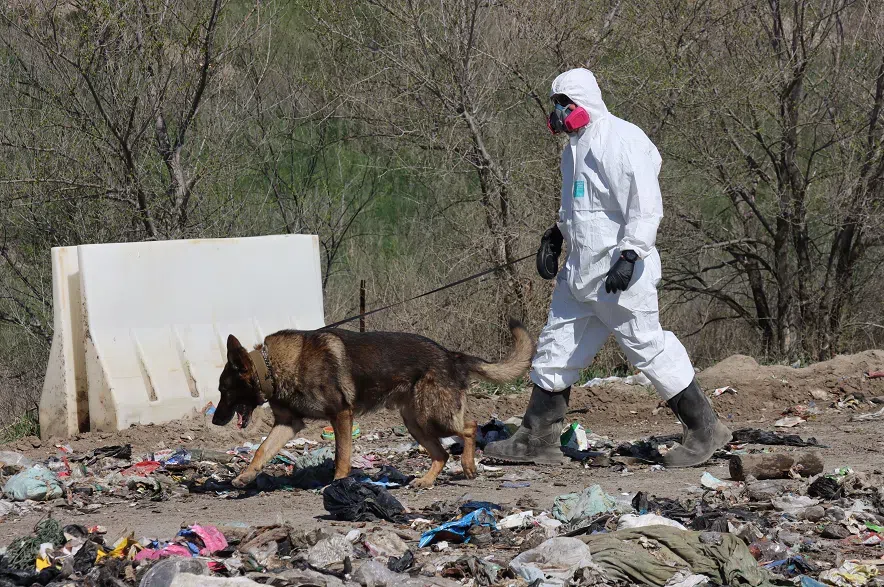“That shows an incredible amount of commitment,” said Forensic anthropologist Emily Holland. “I think it’s important work to do. It’s not easy.”
On Tuesday, the Saskatoon Police Service announced that the search of the city’s landfill, which began on May 1, had ended after 93 days with the discovery of Mackenzie Trottier’s remains. According to police, partial remains were discovered in July and her full remains were found earlier this month.
Holland, who led a landfill search feasibility study into Manitoba’s Prairie Green Landfill for the remains of two murder victims — Morgan Harris and Marcedes Myran — was not surprised that the search in Saskatoon took as long as it did.
“Notoriously, landfills are complicated,” Holland explained, noting there are many unknown factors with landfill searches and many questions aren’t answered until the excavation and search begin.
Trottier’s remains were identified through dental records. The cause of her death remains undetermined at this stage, police said.
Trottier had been missing for almost four years. When asked about the condition of remains and how it affects these searches, Holland explained that human remains, especially bones, can survive for thousands of years.
In landfills, materials like plastics and compacted waste create a low-oxygen environment. Holland said that means there is very limited decomposition, even after years have passed.
“It’s definitely possible to find soft tissue associated with the human remains. It’s certainly possible to still find bony tissue because the bone will survive that environment,” said Holland.
Human remains detection dogs, on loan from the RCMP and Calgary police, were used during the search in Saskatoon. She explained that ground-penetrating radar could not be used in this case because those tools look for density differences in soil, and the density in a landfill is ubiquitous — “It’s all just mixed.”
Landfill searches are often described as trying to find a needle in a haystack, but Holland says landfill searches can be successful, as the Trottier case demonstrates.
According to police, information collected in 2023 using GPS trackers on garbage trucks identified a specific area of the landfill on Valley Road which could contain evidence in the investigation.
The search was initially expected to last for 33 days, but police extended the timeline at the end of May.
Forensic anthropologist Dr. Ernie Walker, who assisted with the Saskatoon landfill search, said searches of this type “are not commonly successful.”
According to Walker, the electronic information taken from the GPS units on garbage trucks and a concrete pad at the landfill both contributed to the successful search.
Police said data collected last year identified a specific area of the landfill on Valley Road which could contain evidence in the investigation. The area was identified thanks to GPS trackers on garbage trucks.
The area police searched was roughly 930 cubic metres in size or about a third the volume of an Olympic swimming pool. A no-fly zone was also implemented over the area while police were searching.
Holland cited success in a Toronto landfill back in 2021 when the body of a 57-year-old man who was believed to be murdered was found after months of searching.
The Manitoba government has given environmental approval for a planned search of the Prairie Green landfill just north of Winnipeg, which may contain the remains of two First Nations women. It also pledged $40 million, along with the federal government, for the search for Marcedes Myran and Morgan Harris.
According to the Canadian Press, Jeremy Skibicki has admitted to killing Harris, Myran and two other Indigenous women — Rebecca Contois, whose remains were found in a different landfill, and an unidentified woman an Indigenous grassroots community has named Mashkode Bizhiki’ikwe, or “Buffalo Woman,” whose remains have not been located.
With files from 650 CKOM’s Mia Holowaychuk and The Canadian Press











